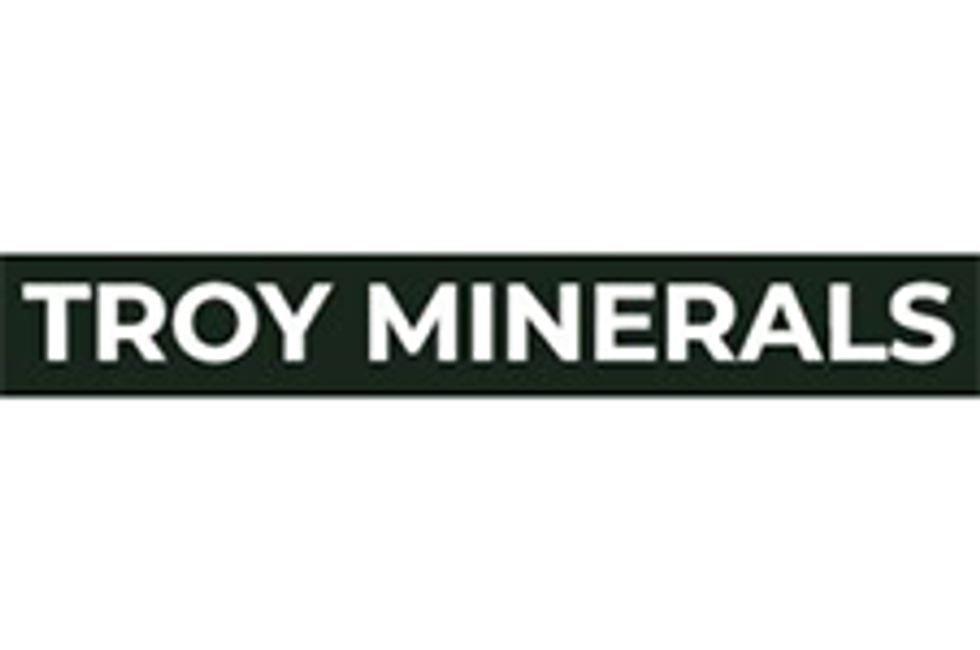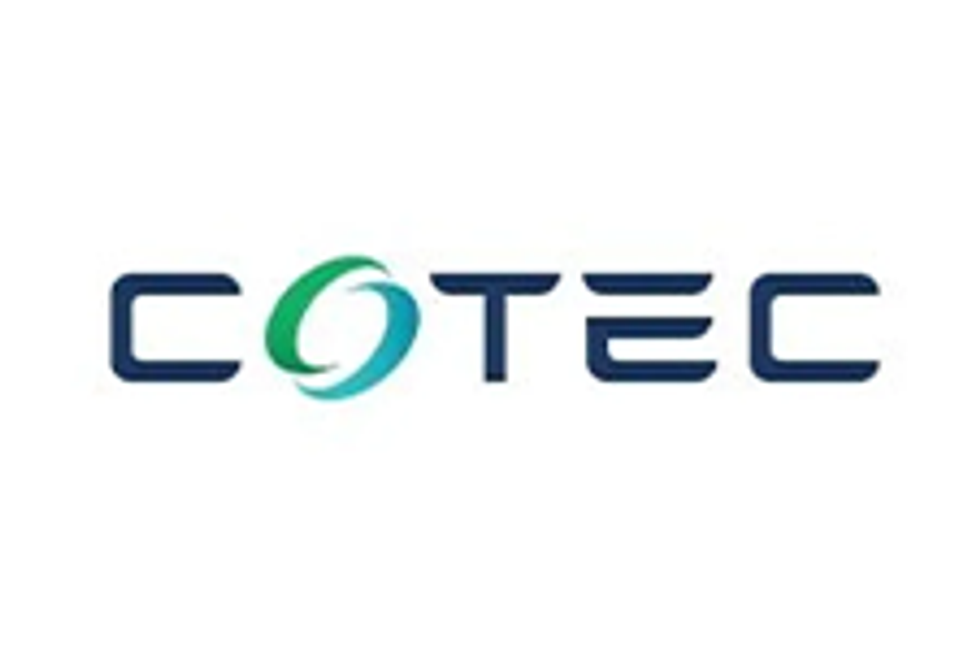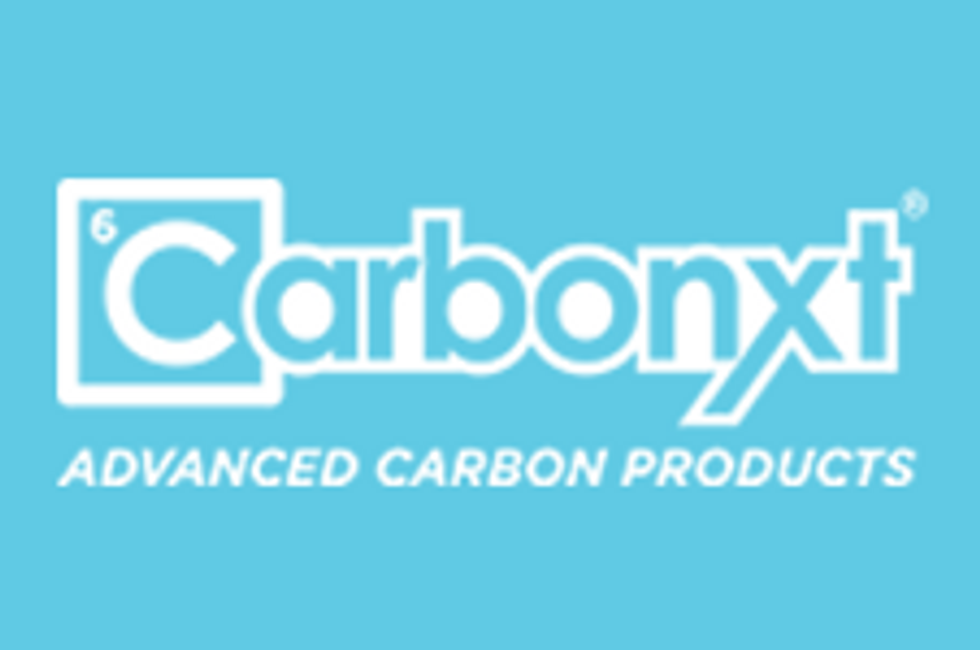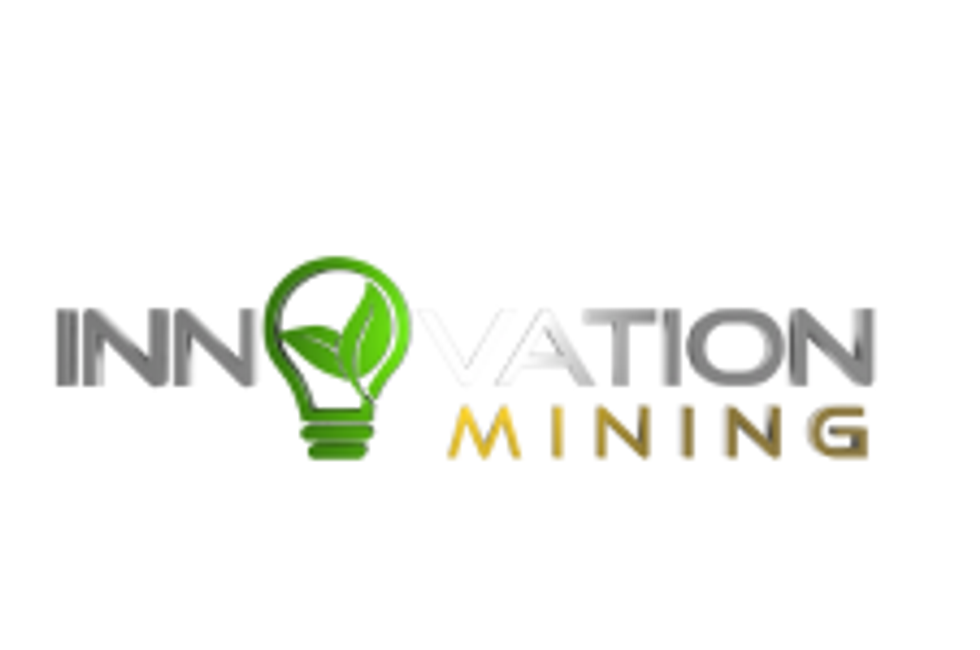Natcore CEO Chuck Provini: Solar Energy Options for Cleantech Investors

The Investing News Network is speaking with the CEOs of solar energy companies to get the latest market insight for cleantech investors. This interview with Natcore Technology President and CEO Chuck Provini is the first in a three-part series.
The US is the world leader in solar energy investment. Globally, the solar photovoltaic pipeline currently exceeds 200 gigawatts (GW), and the greatest growth in the pipeline is concentrated in the US — it saw 16 GW worth of new projects enter the pipeline in 2015 alone.
Solar energy is a popular cleantech sector that’s drawing investors in through its obvious potential for growth. However, it has also received a boost due to the renewal of a solar investment tax credit (ITC), implemented in the US in late 2015.
This tax credit has been described by the Solar Energy Industries Association (SEIA) as “one of the most important federal policy mechanisms to support the deployment of solar energy in the United States … [continuing] to drive growth in the industry and job creation across the country.” Together, the SEIA and Bloomberg New Energy Finance have calculated that extending the ITC will amount to an additional 69 GW of solar deployment in the next seven years.
With this growth in mind, the Investing News Network has interviewed the CEOs of some of America’s most promising solar energy companies. From coast to coast, these companies represent the sort of innovative technologies being developed in the American solar energy sector. In the interview, below Natcore Technology (TSXV:NXT) CEO Chuck Provini gives his thoughts on the future of the solar energy market and why cleantech investors should take note.
Cleantech investors see growth in solar energy
The solar energy market is on an upward trend, and cleantech investors are increasingly interested in this innovative sector. As Provini explained, “solar has been growing geometrically over the past several years, and that pace will accelerate further. For example, it has taken about 60 years for US solar capacity to reach 20 GW.” Now, the SEIA estimates that the number will double over the next two years.
So what is driving this rapid development in technology and adoption? For Provini, geopolitical instability tops the list: “the switch to solar is taking on a global urgency because of geopolitical issues in Asia and Europe. Countries are seriously concerned about their supply of natural gas or oil being shut off for political reasons or embargoes.” With solar, however, that doesn’t happen. As Provini quipped, no government can shut off the sun.
Why switch to solar: The financial case
However, it’s not just countries with economic and political instability that are converting to solar energy. Many individuals in the US are also recognizing its value. In Provini’s opinion, “the most significant reason to convert to solar is that once you have paid the capital expense for the panels, the only other expense is minor maintenance.” And while that means savings for individual homeowners, it means even bigger savings for municipalities. “When utility companies build power plants the capital expense is enormous,” he warned. However, in the long term solar farms are a much more cost-effective option.
That may explain why Provini believes that the direction for the market in 2016 “will not be residential but commercial, as well as utilities building large power facilities to take advantage of the capital expenditure benefits of solar. The developments of 2016 are large megawatt plants built around the world.” In particular, it will be areas that have no infrastructure that turn to solar facilities in the coming months.
The future for Natcore Technology
So how does Natcore contribute to the future of solar energy? Provini sees his company as being at the leading edge of next-generation solar cell development. He stated, “we are crafting our higher-efficiency cells to be integrated into panels that provide not only high efficiency, but also see less energy loss in the transition from solar cell to solar panel.” Furthermore, the company has eliminated silver to craft its next-generation cells using the most efficient forms of polysilicon available. “Our process,” said Provini, “eliminates much of the expensive equipment currently used to make solar cells, thereby reducing the capital expenditure even more.”
The 2016 solar energy market thus seems to be all about scaling up, becoming more efficient and targeting commercial applications for alternative energy. However, Provini’s forecast represents just one vision for the future of the sector. Tune in next week to hear another thought leader’s outlook on where the solar energy sector is headed, and why cleantech investors must take note.
Securities Disclosure: I, Morag McGreevey, hold no direct investment interest in any company mentioned in this article.
Editorial Disclosure: The Investing News Network does not guarantee the accuracy or thoroughness of the information reported in the interviews it conducts. The opinions expressed in these interviews do not reflect the opinions of the Investing News Network and do not constitute investment advice. All readers are encouraged to perform their own due diligence.
Natcore Technology is a client of the Investing News Network. This article is not paid-for content.





